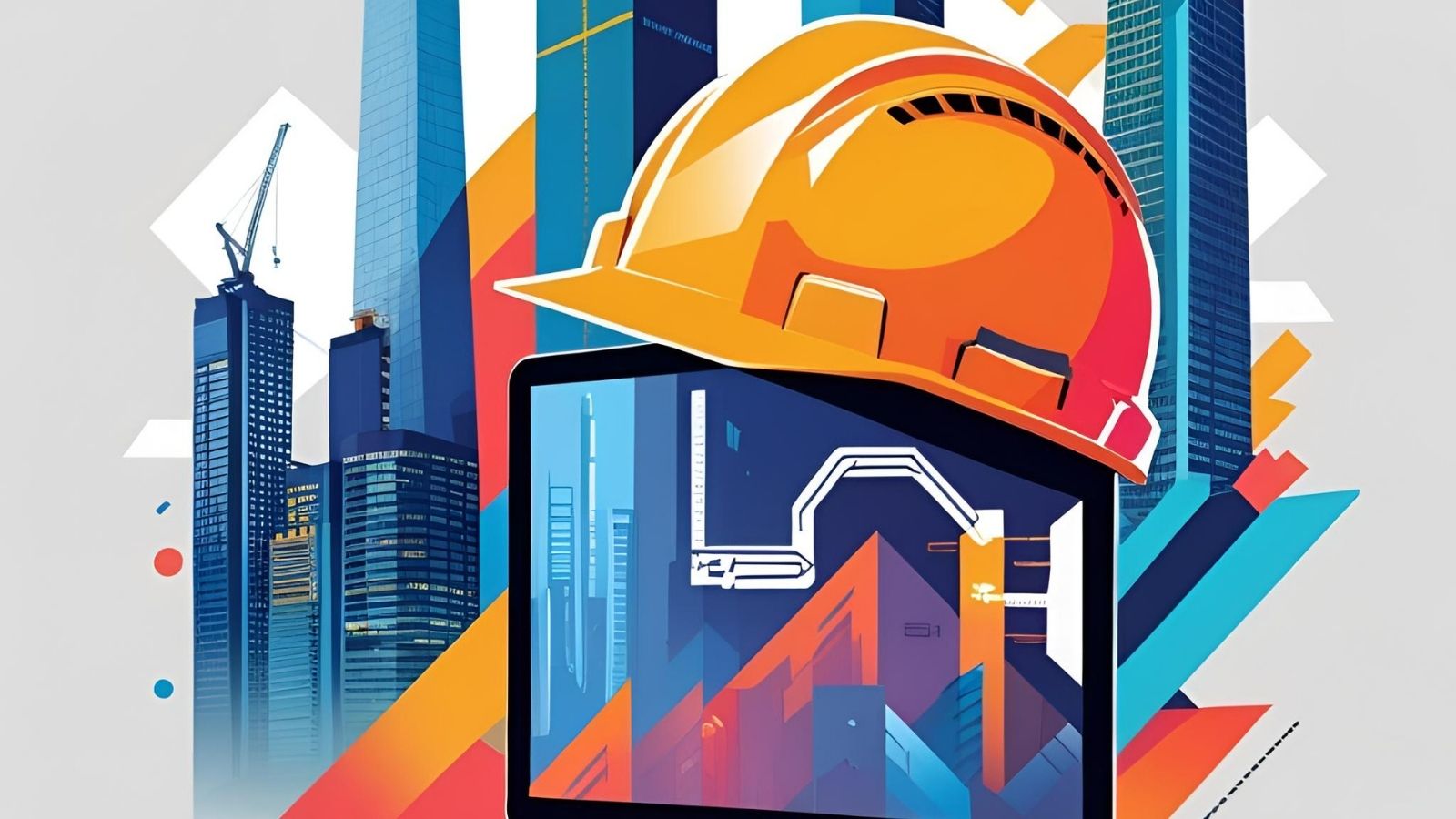Remember the days of rolled-up blueprints, three-ring binders overflowing with change orders, and endless games of phone tag to confirm a single measurement? For a long time, that was just the cost of doing business in construction.
Today, sticking to those old methods is no longer a sign of experience—it’s a competitive disadvantage. Modern construction software is changing the game, but let’s be honest: the thought of switching can be daunting. It seems expensive, complicated, and hard to teach to a crew that’s used to doing things a certain way.
So, is it worth the headache? Here’s a no-nonsense look at what this tech actually does and how you can make it work for you.
Why Bother? The Real-World Payoff
This isn’t about getting fancy new tech for the sake of it. It’s about solving the biggest problems that plague every project: costly mistakes and poor communication.
- Catch Mistakes Before They’re Poured in Concrete. This is the magic of Building Information Modeling (BIM) software like Autodesk Revit. Think of it as a full digital dress rehearsal for your project. You build a detailed 3D model that doesn’t just show what the building looks like, but also includes data on every single component. This allows your architects, engineers, and builders to see how everything fits together and spot clashes—like a pipe running through a steel beam—on a screen, not on the job site where it costs a fortune to fix.
- Get Everyone on the Same (Digital) Page. How many delays are caused by someone working off an old version of the plans? Project management platforms like Procore or PlanGrid solve this. They are cloud-based hubs where the entire team—from the architect in the office to the foreman in the field—can access the latest plans, photos, and reports from a phone or tablet. Everyone is working with the same information, in real-time.
Finding the Right Tool for the Job (Without Getting Overwhelmed)
The number of software options can cause analysis paralysis. The key is to ignore the noise and ask one simple question: What problem am I trying to solve?
- Are you DESIGNING it? You need CAD and BIM software. AutoCAD is the long-standing 2D workhorse, while Revit and SketchUp are leaders in 3D modeling.
- Are you MANAGING it? You need Project Management software. Procore is an industry giant for large-scale projects. For smaller teams or specific tasks, tools like Monday.com or Asana can be incredibly effective for keeping everyone on track.
Your Golden Rule: Never buy blind. Always insist on a live demo for your team and take advantage of free trials. The best software is the one your team will actually use.
The “But My Team Hates Change” Problem
This is often the biggest hurdle. You can buy the best software in the world, but it’s useless if your team resists it. Here’s how to handle the “we’ve always done it this way” mindset:
- Invest in Real Training. Don’t just give them a login and hope for the best. Proper training is non-negotiable.
- Appoint a Champion. Find one or two people on your team who are excited about the tech and empower them to help train and support their colleagues.
- Start Small. Roll out the new software on a single, smaller project first. Let the team see the benefits firsthand and work out the kinks before you deploy it company-wide.
What’s Next? AI, VR, and Building in the Metaverse
If you think 3D models are cool, the future is even wilder. Artificial Intelligence (AI) is already being used to analyze data from past projects to predict potential delays and cost overruns. Virtual and Augmented Reality (VR/AR) allow clients to do immersive walkthroughs of a building before a single shovel hits the ground, making approvals faster and easier. These aren’t sci-fi fantasies; they are the next evolution of the digital toolkit.
The construction industry is finally in the middle of its digital transformation. Adopting these tools is no longer a question of if, but how quickly you can get your team on board. The transition requires an investment of time and money, but the firms that make the leap will be the ones building the future—more efficiently, more collaboratively, and more profitably than ever before.















